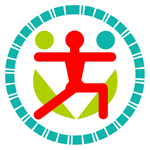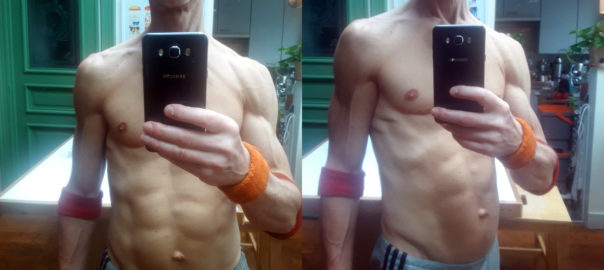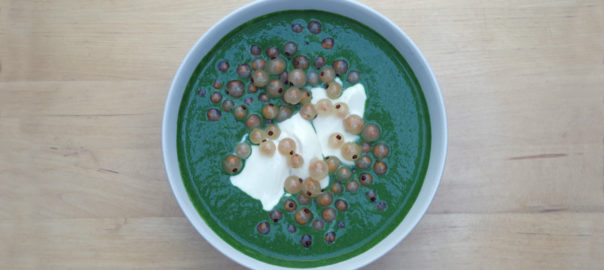Four out of eight weeks of fat loss challenge are already a thing of the past.
And, how are things going?
What I’m actually doing
(What is it all about?)
I want to make a conscious change to my body.
To do so, I am stepping out of my comfort zone.
I put myself into a conscious calorie deficiency of about 20% for a period of 8 weeks.
In addition, I am following a progressive power training programme.
The first experiences
The centimetres are disappearing, slowly but surely.
I was not overweight in the classic sense of the term, and yet I saw and felt that I was walking around with too much fat. Even in places where I would rather not see it. For me these are the legs and in the waist.
In figures there is little spectacular to report compared to those who really want to get rid of a lot of overweight or centimetres. And then: that’s the way it should be. Every body is unique. Comparing with others often marks the end of joy. So it is better to look at what’s on your own plate.
Each Monday I can take off with a lower starting weight.
Physically speaking, it was not easy at first:
- There were days when I felt weaker and my voice sounded weaker too
- The first weeks my sleep was significantly worse in quality
- The higher protein intake did not feel completely OK during the first weeks. Now it does.
- The power training sometimes felt heavy, especially in combination with eating less
Forward … march !
Mentally I feel strengthened. The challenge, together with the corresponding assignments, diagrams and tables:
- help me to structure
- challenge me to be more thorough
- confront me with my inferior sides, such as laziness, procrastination, lack of consistency
- Inspire me to clean up and get along with business in other areas of my life, just like “cleaning up” my body
- challenge me and make me curious to learn more and understand more
- ensure that I also make commitments in other areas of my life
Emotionally it is sometimes a bit difficult:
- For the first few weeks I was often in a bad mood, I was walking on the tips of my toes
- A couple of times I succumbed to the temptation of eating more than I was allowed that day, and then I was disappointed and a little angry with myself
- Some existential doubts are still gnawing at me. Like: Why am I doing this? Isn’t this just belly-button staring?
The first benefits show up and let them feel
There is a clear visual result and from the inside it feels very different.
- Round my waist and on my belly the underlying muscles become visible
- I get more strength in my legs and mobility in my hip joints
- I am more stable
- In my yoga practice I feel the extra space and the lightness around my belly
There is, physically speaking, less ‘stuff in the way’.
The most important learning points
What I have learnt about myself going through this process:
- The power of calorie management and monitoring the ratio of the three macro-nutrients (carbohydrates, proteins, fats)
- All excess weight and fat can be traced back to “too much”. Systematically eating too much than you need in relation to your activity level
- Even with a full stomach, just after a meal, I am still hungry for “something extra”. At that moment it is neither physical hunger nor a necessity. So what is it? What do I do with it?
- I understand now that I generally drank too little water. Drinking more water is more beneficial than I thought
What I am not yet on good terms with
The whole protein story is still dubious. As part of these eight weeks of conscious fat loss, with the combination of calorie calculation and moderation plus the strength training, I am also expected to eat a lot of extra protein.
Is that really necessary? Or is that part of the famous protein myth? The myth that protein deficiency lurks around every corner. While the reality is, that the majority of westerners take in far too much protein … . To be continued.
I now play the game according to the rules of the challenge.
What the real challenge will be
Maintaining this beautiful result (which will only be better in 4 weeks) and to stay ahead of the seemingly random fluctuations of the past.
Counting the calories requires work and discipline. I find it very useful. It pushes you with your nose upon the facts, it’s done with guessing, fantasizing and wet fingerwork.
But maybe I won’t always be able to make time for it. So maybe I would like to evolve to a slightly more intuitive way of eating.
And still be able to maintain and master body weight and body constitution, without daily food tracking.
I realize this is about much more than just making a selfie of progress. It’s a picture of the inside as well as the outside. Changing your body equals changing your mind and vice versa.



